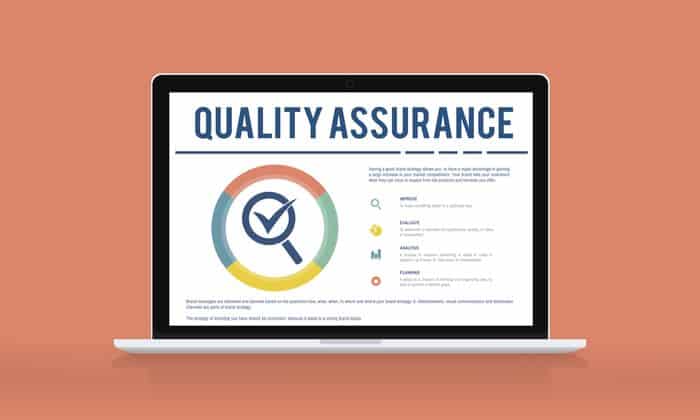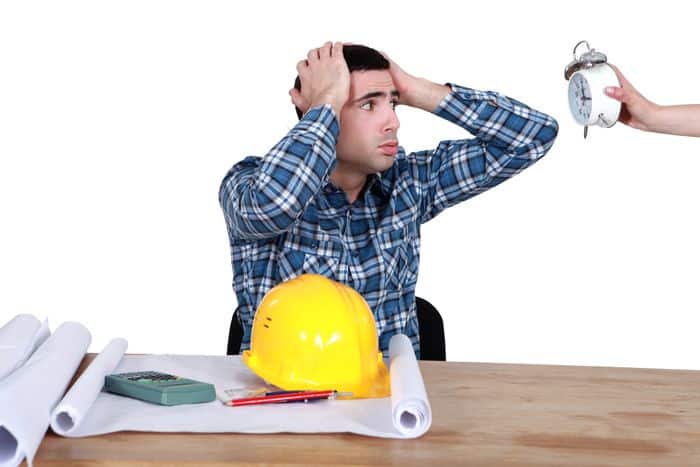Table of Contents
Problem:
Most construction works have hold points requiring an inspection and sign-off to show that a verifying person has witnessed that the works have been constructed as per the design. This is particularly the case during the placement of reinforcement in concrete and for concrete pours, and similar works which will not be verifiable once the construction work is complete.
During construction, I have seen situations where a construction contractor expects the client engineer or client project manager, or the design consultant to sign-off on inspection checklists that the reinforcement was correctly placed, or that the concrete was poured in the manner specified, even though that person did not actually witness that work.
This sometimes means there has been no checking of the works during construction, or that the contractor did not have good quality control and hopes or expects that the client or designer will accept the works anyway. The contractor may be trying to pass the construction quality responsibility to the client or designer, when that should be the responsibility of the construction contractor.
Most construction requires hold points for witnessing (such as in reinforcement placement and concrete pours). Some clients require that hold points be witnessed by the client project manager and/or the designer. This can create problems during construction if that client or designer is not available at the time and date required. Schedules may change suddenly due to weather or works progress, and a witness to the work may be needed quite quickly.
Solution:
Inspection and test procedures (and their associated checklists) should clearly specify who will witness what (and associated hold points), and should ideally indicate when this approximately expected to be. I believe that construction contractors should have their own construction quality verifier that can witness and sign inspection checklists. This person would possibly be an independent certifier, that is available during the construction to witness works (preferably based on site to allow immediate availability). This would be to certify that the works have been constructed as per the design and scope and to make clear records of what has been inspected, by whom, and when.
I believe a works inspector that is available on site is best.
A few extra points on this:
- When signing off on an inspection, the inspector should only sign for construction they have actually witnessed.
- A construction stage verifier should then state and sign that “in my view this meets the design requirements, at time and date” or a similar statement.
- This makes hold points in a construction project important, as only things that are witnessed are signed off.
- If the constructor is the site supervisor, the construction contractor should be responsible for their own verification, the designer can only verify things they actually witnessed or supervised. However, as a way to ensure that the scope and quality requirements are being met, a verifier/witness independent of the contractor is important.
- In most contracts, the designer is not and should not be responsible for the construction. However they should be contactable to clarify when necessary.
I think a good compromise is for the contractor to notify the client (and designer if necessary) of the intended hold point dates, and to update these dates regularly. This would give the client the option to attend these hold point inspections. However the contractor should have an approved (preferably independent of themselves) works inspector available to do the inspections (witness the works) and sign the relevant documents. The client could also witness and sign if they are available, but works should not be expected to be put on hold to wait for client availability.
Some of the links on this website may be affiliate links to products I use, have tested or am familiar with. I may receive a commission if you click on some of those links and make a purchase. This is at no additional cost to you.
It is preferable that this works inspector be employed or engaged by the client so that they have independence from the contractor.
Lesson:
Ensure that witnessing and verification / inspection of construction works is done properly. Associated checklists or documents should be signed based on actual witness of the works. This inspection person should be independent of the contractor, or at least an approved person by the client. It is preferable that this construction inspector is based on site so that works are not delayed waiting for their availability.



I hired contractor to construct collapsed roof of commercial building . I’d like independent inspector to see any unfinished work and damage done. He didn’t put bricks back he removed, and damaged walls and ceilings. He also did’t follow blue print. He said it’s not his job because it’s not on the contract.
Sorry to hear that Il Yoo.
In most countries, contractors do have a responsibility under law to do what is reasonably expected. For example, if your contract was to build a 4 bedroom house but did not actually mention a roof, they would still be required to include the roof (and floor etc).
Your case is more complicated than that I expect, as reconstruction of damaged areas would be more difficult to prove (i.e. what damage was already there etc).
A well written contract should usually stop this from happening, but it is amazing what some contractors will try to avoid or get away with.
I hope you get that resolved.
– Michael